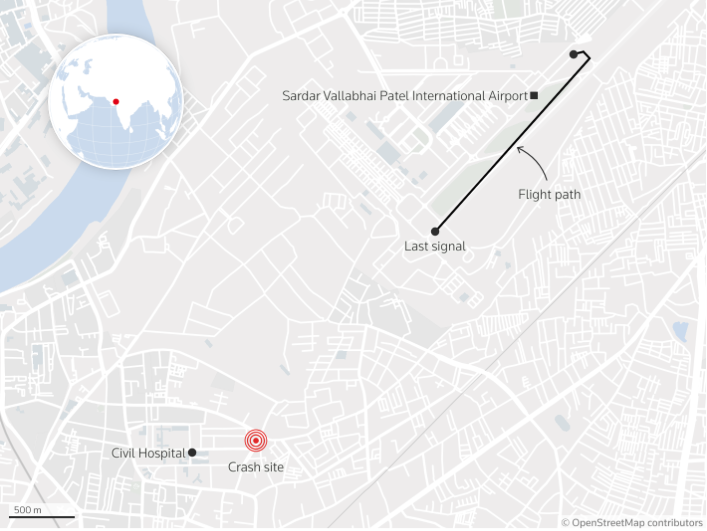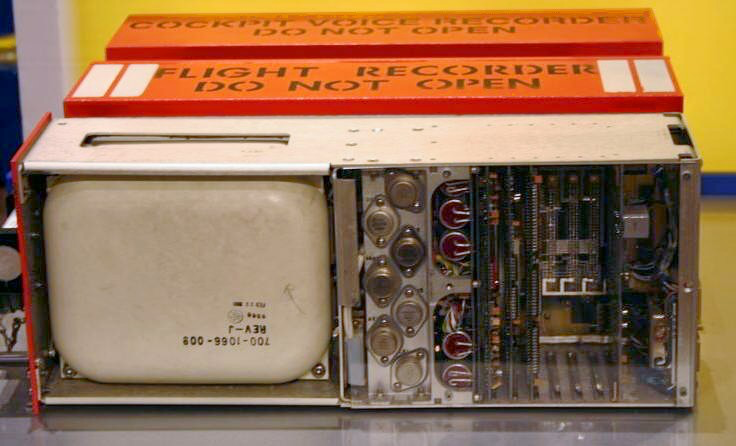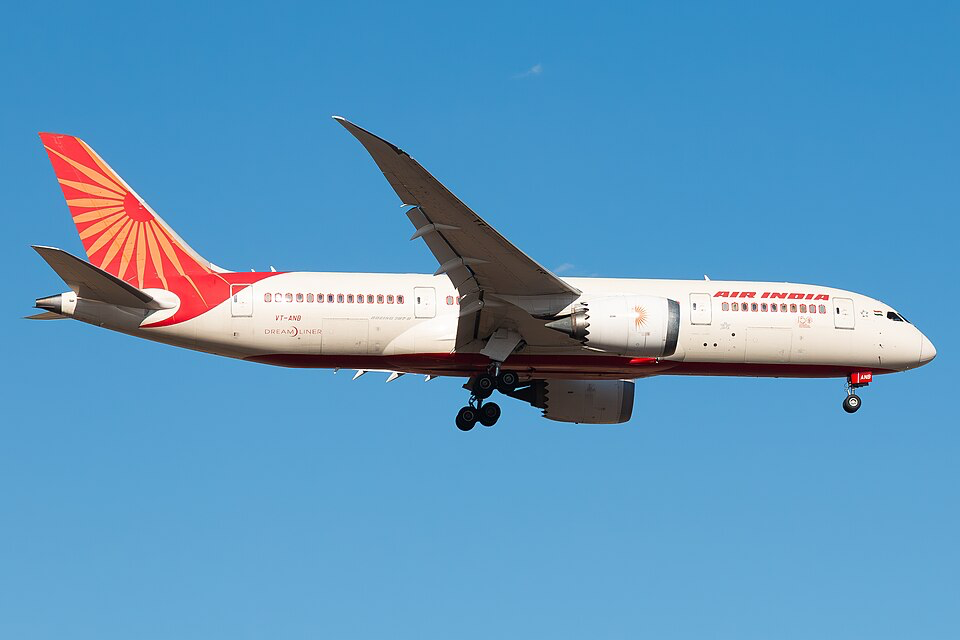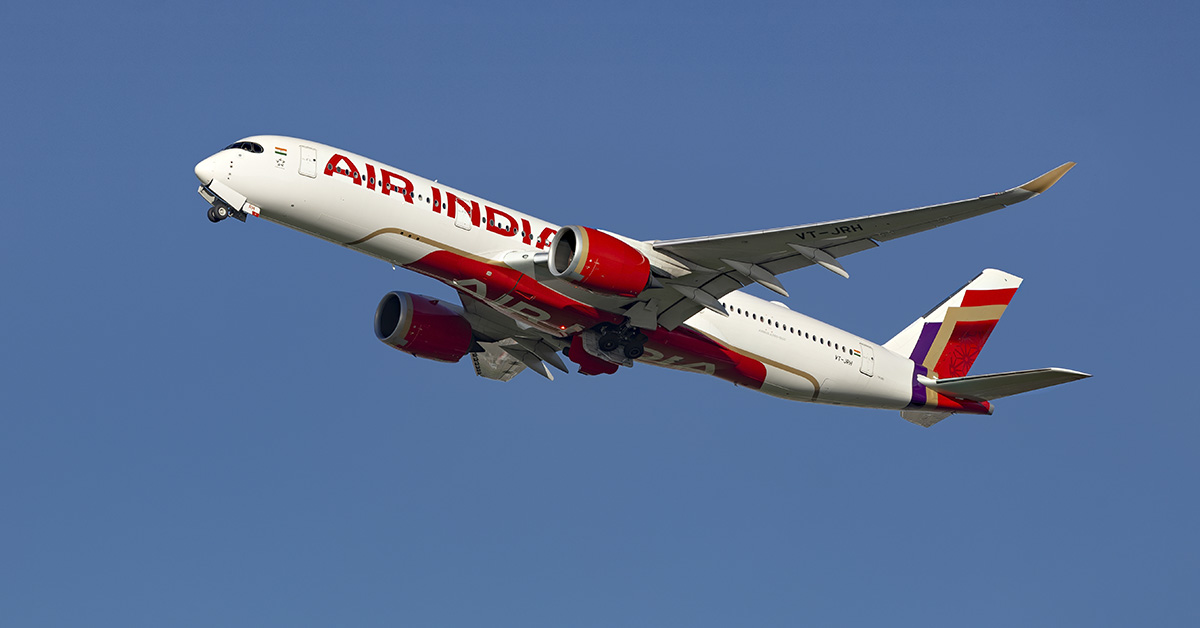When Air India Flight AI171 departed Ahmedabad Thursday afternoon bound for London, nobody expected the routine flight would end in a crash that would devastate India. London-bound passengers settled in for the long haul. Instead, within minutes of takeoff, all 241 souls aboard were gone. Only one passenger walked away from the wreckage.
What makes this tragedy even more unsettling is what happened hours earlier. Passenger Akash Vatsa was filming something troubling on the same Boeing 787 Dreamliner that would later become a fireball in an Indian residential neighborhood. His videos, now viral with millions of views, show a plane where nothing worked.
“We are about to taxi, but the AC is not working,” Vatsa says in footage that’s become haunting in hindsight. Passengers fan themselves with magazines while he presses dead buttons and taps unresponsive screens. “Nothing is working, nothing. Not even the light is working.”
The aircraft that morning couldn’t keep its cabin cool. Entertainment systems were toast. Call buttons for flight attendants? Dead as doornails. Vatsa originally planned to tweet his complaint to Air India about their shoddy service. Instead, he’s now wondering if he documented something far more sinister.
Flight AI171 departed Ahmedabad’s airport at 1:38 PM carrying 169 Indians, 53 Brits, seven Portuguese nationals, and one Canadian. The crew lifted the massive jet airborne, climbing to 625 feet before everything went sideways. They managed a mayday call to air traffic control. Then silence.
What Aviation Pros Think About The Air India Crash
Before we get carried away connecting dots that might not exist, let’s pump the brakes. Aviation experts aren’t buying the connection between busted entertainment systems and a crashed airliner.
“When I’m looking at this, the undercarriage is still down but the flaps have been retracted,” aviation analyst Geoffrey Thomas observed, studying crash footage. Notice what he’s focused on? Not the dead TV screens Vatsa filmed, but the aircraft’s configuration during those critical takeoff moments.
His colleague Terry Tozer doubled down on this angle. “It doesn’t look as if the flaps are extended and that would be a perfectly obvious explanation for an aircraft not completing its take-off correctly.” Translation? Wrong flap settings can kill lift generation faster than you can say “technical malfunction.”
Lt. Col. John R. Davidson, a former Air Force pilot who knows his way around aircraft emergencies, laid out the real suspects. “There are a number of possible scenarios including thrust or engine or performance issues, excessive aircraft weight, poor trim or flap configuration, or a more critical failure that affected the aircraft’s ability to climb.”
Engineers design modern airliners with redundancy built right in. They were entertainment systems on completely separate electrical circuits from the life-sustaining gear. Your seatback TV dies while the engines keep humming happily. If broken air conditioning brought down airliners, half the flights in summer would be crash statistics.
Read More: Ex-Pilot Reveals Why Plane Crashes Seem to be Increasing
What Investigators Found
So if cabin comfort issues don’t crash planes, what does? The answer lies in the technical details that investigators are now dissecting. What matters isn’t whether passengers are sweating or bored. It’s that this Dreamliner couldn’t stay airborne longer than a paper airplane in a hurricane.

Flight tracking data tells a brutal story. AI171 barely scratched 625 feet of altitude before gravity won. That’s roughly the height of a 50-story building. For a jet that should’ve been climbing at over 2,000 feet per minute, something went catastrophically wrong.
Crash footage shows the landing gear still hanging down like the plane was coming to land, not taking off. Meanwhile, those wing flaps that generate extra lift during takeoff appear retracted. It’s like trying to swim with your arms tied behind your back.
Aviation investigators live and die by black box data, and they’ve recovered the flight data recorder from the wreckage. This little orange box logs thousands of parameters every second. Engine temps, throttle positions, control surface movements, cockpit chatter. It’s a complete autopsy of the aircraft’s final moments.

“This will aid the inquiry,” said India’s civil aviation minister after confirming the black box recovery. While social media speculates about broken entertainment systems, investigators examining the Air India crash will be poring over hard data that explains what killed 241 people.
The Human Cost
For Vatsa, the timing feels like something out of a nightmare. He’d flown Delhi to Ahmedabad that morning on what would become a death trap hours later.
“I was in the same damn flight two hours before it took off,” he posted after learning about the crash. The coincidence has him shaken, understandably. Nobody expects their travel complaint to become potential evidence in a mass casualty investigation.

Beyond the personal trauma, this crash carries broader implications for the aviation industry. The Boeing 787 has maintained a perfect safety record since entering service in 2011. Over 1,000 Dreamliners have been hauling passengers worldwide without a single fatal accident until this tragedy in Ahmedabad.
Boeing’s stock took a beating after the news broke, which isn’t surprising given the company’s recent history with safety issues. They’re cooperating with investigators, though their lawyers are probably working overtime.
Teams from the US National Transportation Safety Board and UK aviation authorities have joined India’s investigation. It’s standard procedure when a major aircraft manufacturer’s plane goes down. They’ll tear apart every rivet, wire, and computer chip until they understand what went wrong.
Families continue the heartbreaking work of identifying victims through DNA testing. Meanwhile, Vatsa’s videos keep circulating, viewed by millions trying to make sense of a tragedy that defies easy explanation.
Aviation experts keep emphasizing one point about the Air India crash. Broken entertainment systems don’t crash airplanes. Dead air conditioning doesn’t kill passengers. The real culprit lurks in technical data that only investigators can decode. Until that black box gives up its secrets, everything else is noise.
Read More: Trump Announces Sweeping Travel Bans and Restrictions on 19 Countries

